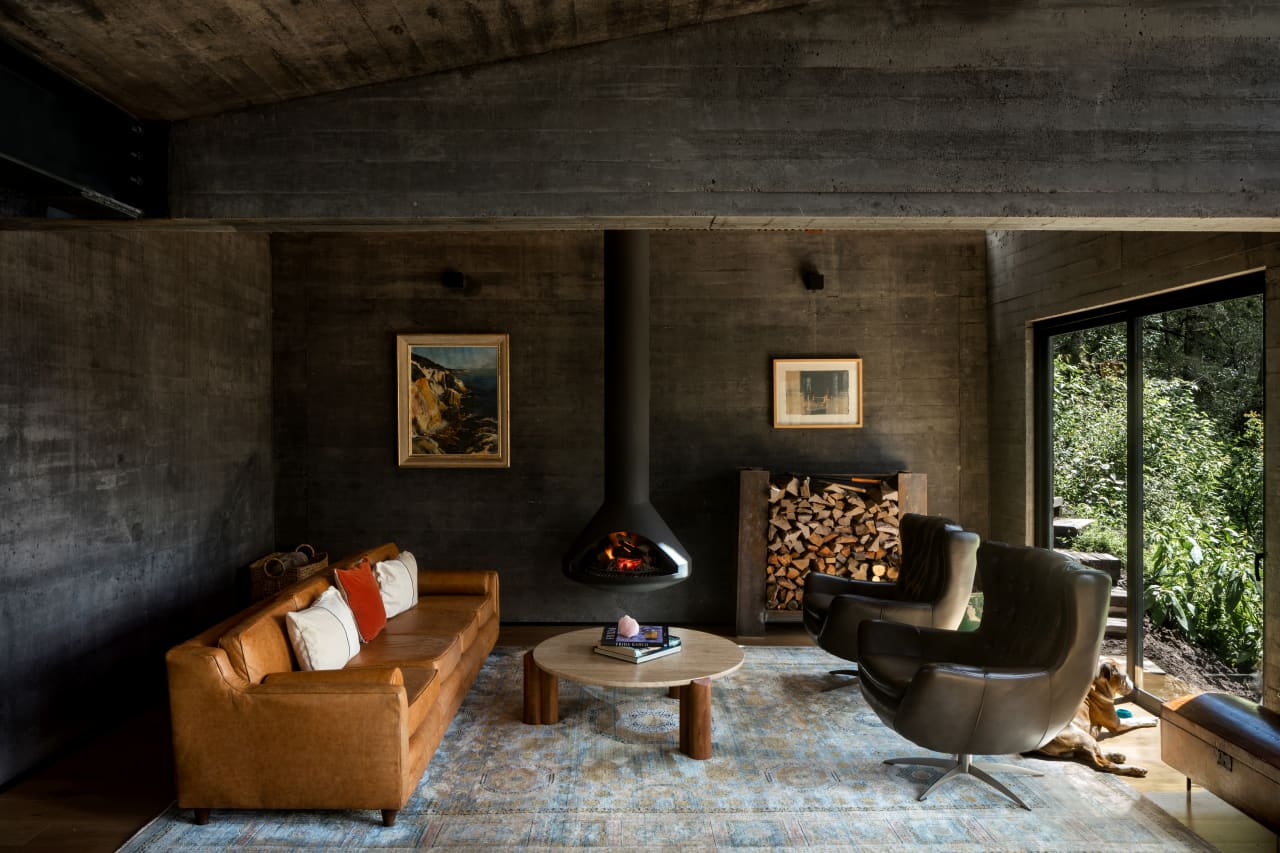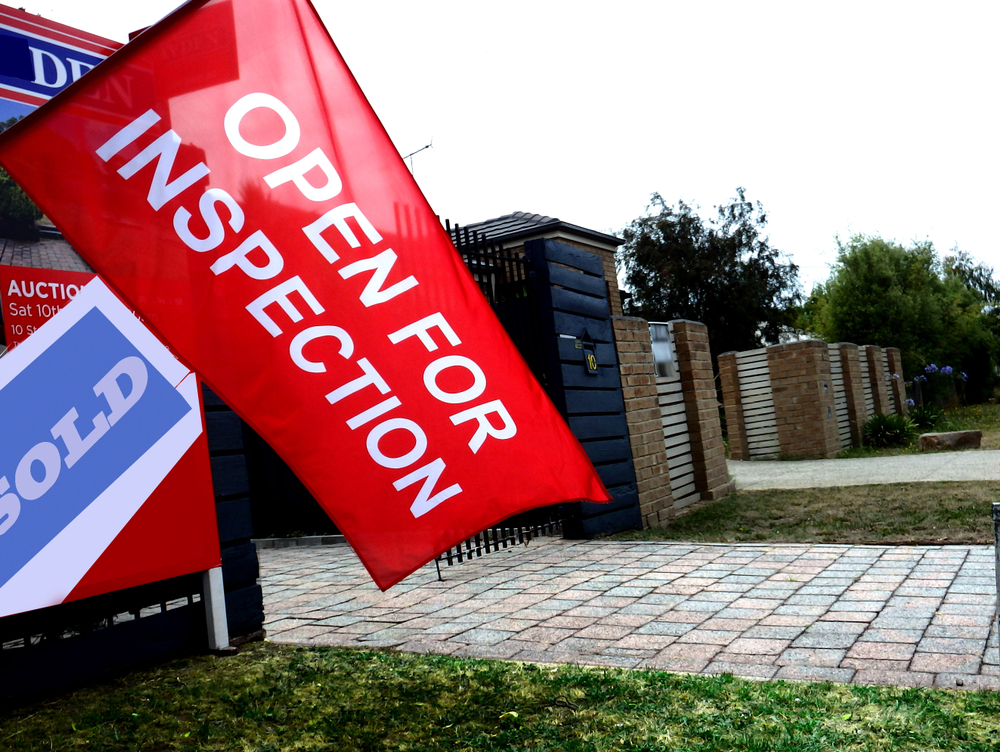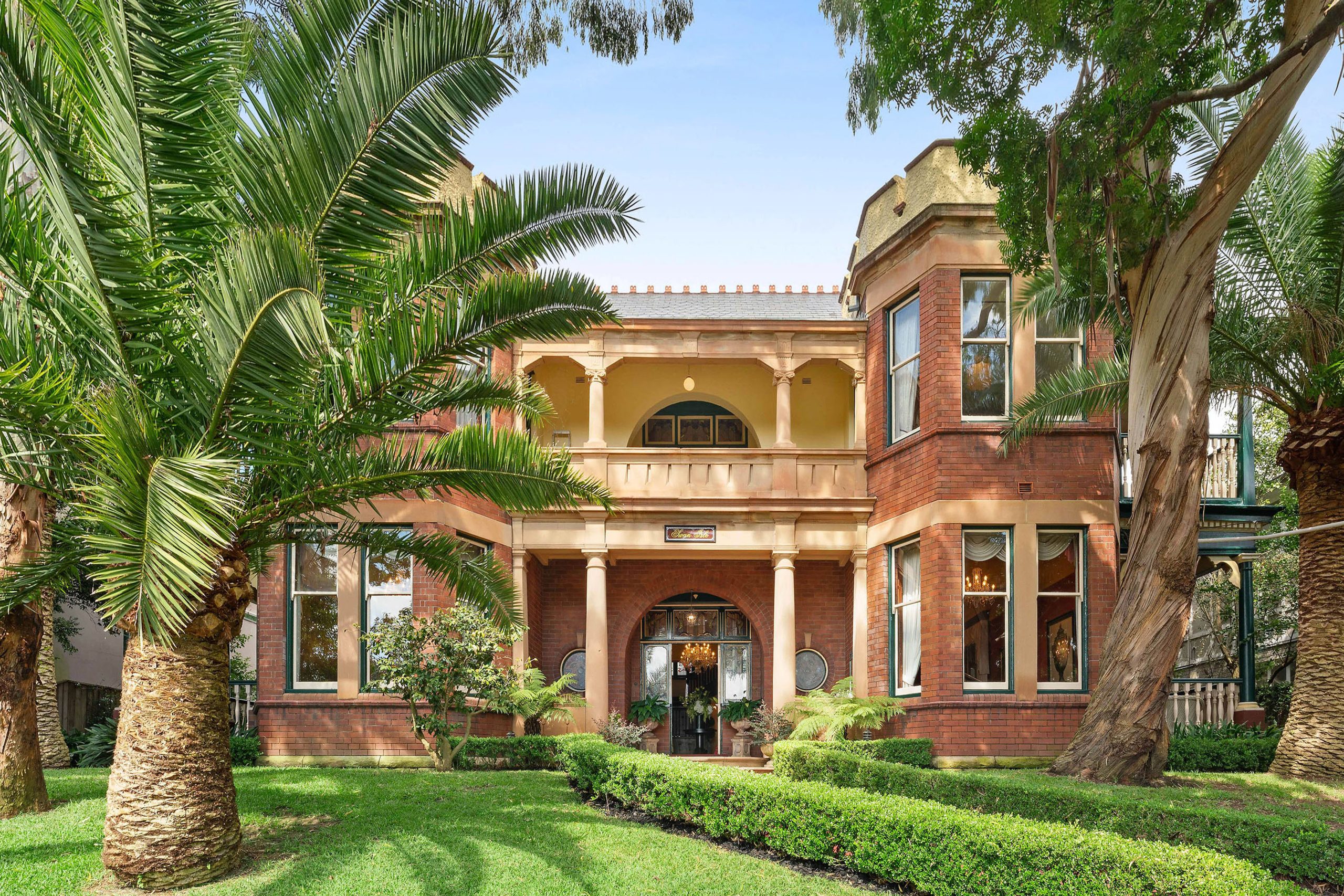In Mexico, a Moody Mountain Home With Major Altitude
The owners spent $73,000 on the land, plus another $475,000 building their vacation house
Lorena Ramos and Carlos Moss live and work about 7,500 feet above sea level in the high-plateau megalopolis of Mexico City. But when it came time to commission a vacation home, they took it up a notch, altitude-wise. They built a home about 2,000 feet higher in an area known as the Corridor de la Montaña, or Mountain Corridor, in the state of Hidalgo.
Ramos, a 35-year-old sales director, and Moss, a 38-year-old executive in the construction industry, bought their steep 1/3-acre lot in 2021 for about $73,000. Then they spent roughly $475,000 to build and furnish a new house, working with Mexico City architect Rodrigo Saavedra Pérez-Salas. His design, using a cantilever, suspends the two-storey structure off the side of a densely wooded slope. From the inside, it can feel like a vast, floating treehouse.
undefined They named the property after their boxer, Oruç, now 11, and initially planned to use the home to entertain friends on weekends and holidays, outfitting the lower level with a funky bar. The three bedrooms—some equipped with bunk beds—and three bathrooms can accommodate up to eight people.
But this summer, less than a year after finishing construction, they had their son, Nicolás. That means they have to make some changes to babyproof the house. “We will have to do something,” says Ramos.
The vacation home is part of the first wave of development on the site of what was once a sprawling private estate. The property sits in Mexico’s Sierra de Pachuca mountain range, part of the vast Sierra Madre Oriental that runs along the east of the country. Their area is marked by atmospheric mists and a lengthy rainy season.
For Saavedra, the architect, the hard choice wasn’t where to place the house—a clearing in the woods, in the middle of the lot, was just about the only spot—but how to access the house once it was built. The most direct route would have meant seeing a house sticking out of the woods, says the 35-year-old founder and principal of Saavedra Arquitectos. Instead, he devised what he calls “a narrative” that leads visitors over a bridge, then down and around a series of winding stairs and through a masonry door that acts as a kind of ceremonial portal to the house. When visitors first arrive on the lot, all they see is tree. As they descend and approach the house itself, they are given a tour of the exterior of the building, while glimpsing the evocative mountain terrain beyond and below.
The couple chose moody interiors to play off local conditions, with lots of exposed steel beams, steel-tinted concrete, dark wood and glass walls that let tree-filtered light stream in. A spare open stairwell and thin inner and outer railings add to the minimalist flare.
All this added atmosphere came at a cost. The couple spent about $94,000 on steel, which includes the bridge and the costly cantilever.
Intent on a sustainable home, they managed to reuse what another homeowner might regard as outright waste. They have stored firewood for the great room in leftover steel girders, fashioned into a Brutalist rack, and they used leftover wood from their board-formed concrete molds as paneling in the primary bedroom. Most recently, they have installed a rainwater collection system, with a cistern placed uphill from the house, and they now use the bounty for everything from washing to drinking.
Though Casa Oruç is surrounded by trees, Saavedra managed to build the whole 2,400-square-foot house by only cutting down a handful. This ship-in-a-bottle effect is apparent in an upstairs deck, which incorporates two oyamel firs, a species native to the mountains of central and southern Mexico. Downstairs, the bar area is built around one of the firs, set off by a glass enclosure.
The open-plan kitchen, which Ramos helped design, was a splurge of about $34,000. The couple spent about the same amount on the glass doors and windows—a cost most apparent in the primary bedroom, which has glazing on three sides.
Being nearly 9,500 feet above sea level means the couple can do without air conditioning, and even though it rarely gets below freezing, heating is a must for much of the year. They spent around $15,660 on an electrical heating system, which, depending on where they are in the house, radiates from either the floor or the ceiling. They also spent some $10,500 on two fireplaces—gas-burning for the bedroom, and wood-burning for the great room’s main sitting area. They use them for heat and for added coziness, says Moss.
The couple have kept their lot as wild as possible, putting their landscaping budget at less than $1,000. And they can tour the area’s rough and wild terrain starting right on their property, which contains a few dramatic rock formations. Though their home is nearly as far above sea level as the taller peaks of Montana’s Glacier National Park, the spot is more bucolic than dramatic. The house is high up, concedes Moss, “but not ridiculously high,” invoking a category that for him starts at about 16,000 feet.
Now, looking ahead to the end of the year, when Nicolás will start to crawl, they are set to invest around $3,000 to babyproof. This will include installing tempered glass to close off the bare-bones railings of their main terrace, located off the upper floor’s great room, and protecting the exposed inside stairwell connecting the great room above with the bar area below.
When the baby came, they hadn’t yet decided on blinds or curtains in the primary bedroom, which turned out to be a benefit. “We get to see all the different shades of light—when it’s getting dark, then when the sun comes up,” says Ramos, who appreciates these subtle changes throughout the day. Perhaps her baby does, too. “I always give Nicolás his first feed while in bed, and he loves staring outside,” she says.
Many new arrivals to this altitude might be gasping, but little Nicolás is doing just fine. He likes to “contemplate the view of the sky and tree tops from our laps,” says his mother.
Foundation and framing:
$169,725 (including masonry)
Steel (including cantilever):
$94,000
Kitchen:
$34,000
Bathrooms:
$18,500
Landscaping:
$780
Fireplaces:
$10,450
Electrical work:
$27,260
Floors (including outdoor decks):
$25,000
Glazing (glass doors and windows):
$34,000
Lighting:
$3,100
 Copyright 2020, Dow Jones & Company, Inc. All Rights Reserved Worldwide. LEARN MORE
Copyright 2020, Dow Jones & Company, Inc. All Rights Reserved Worldwide. LEARN MORE
A divide has opened in the tech job market between those with artificial-intelligence skills and everyone else.
A 30-metre masterpiece unveiled in Monaco brings Lamborghini’s supercar drama to the high seas, powered by 7,600 horsepower and unmistakable Italian design.
Buyer demand, seller confidence and the First Home Guarantee Scheme are setting up a frantic spring, with activity likely to run through Christmas.
The spring property market is shaping up as the most active in recent memory, according to property experts Two Red Shoes.
Mortgage brokers Rebecca Jarrett-Dalton and Brett Sutton point to a potent mix of pent-up buyer demand, robust seller confidence and the First Home Guarantee Scheme as catalysts for a sustained run.
“We’re seeing an unprecedented level of activity, with high auction numbers already a clear indicator of the market’s trajectory,” said Sutton. “Last week, Sydney saw its second-highest number of auctions for the year. This kind of volume, even before the new First Home Guarantee Scheme (FHGS) changes take effect, signals a powerful market run.”
Rebecca Jarrett-Dalton added a note of caution. “While inquiries are at an all-time high, the big question is whether we will have enough stock to meet this demand. The market is incredibly hot, and this could lead to a highly competitive environment for buyers, with many homes selling for hundreds of thousands above their reserve.”
“With listings not keeping pace with buyer demand, buyers are needing to compromise faster and bid harder.”
Two Red Shoes identifies several spring trends. The First Home Guarantee Scheme is expected to unlock a wave of first-time buyers by enabling eligible purchasers to enter with deposits as low as 5 per cent. The firm notes this supports entry and reduces rent leakage, but it is a demand-side fix that risks pushing prices higher around the relevant caps.
Buyer behaviour is shifting toward flexibility. With competition intense, purchasers are prioritising what they can afford over ideal suburb or land size. Two Red Shoes expects the common first-home target price to rise to between $1 and $1.2 million over the next six months.
Affordable corridors are drawing attention. The team highlights Hawkesbury, Claremont Meadows and growth areas such as Austral, with Glenbrook in the Lower Blue Mountains posting standout results. Preliminary Sydney auction clearance rates are holding above 70 per cent despite increased listings, underscoring the depth of demand.
The heat is not without friction. Reports of gazumping have risen, including instances where contract statements were withheld while agents continued to receive offers, reflecting the pressure on buyers in fast-moving campaigns.
Rates are steady, yet some banks are quietly trimming variable and fixed products. Many borrowers are maintaining higher repayments to accelerate principal reduction. “We’re also seeing a strong trend in rent-vesting, where owner-occupiers are investing in a property with the eventual goal of moving into it,” said Jarrett-Dalton.
“This is a smart strategy for safeguarding one’s future in this competitive market, where all signs point to an exceptionally busy and action-packed season.”
Two Red Shoes expects momentum to carry through the holiday period and into the new year, with competition remaining elevated while stock lags demand.
When the Writers Festival was called off and the skies refused to clear, one weekend away turned into a rare lesson in slowing down, ice baths included.
Now complete, Ophora at Tallawong offers luxury finishes, 10-year defect insurance and standout value from $475,000.
























